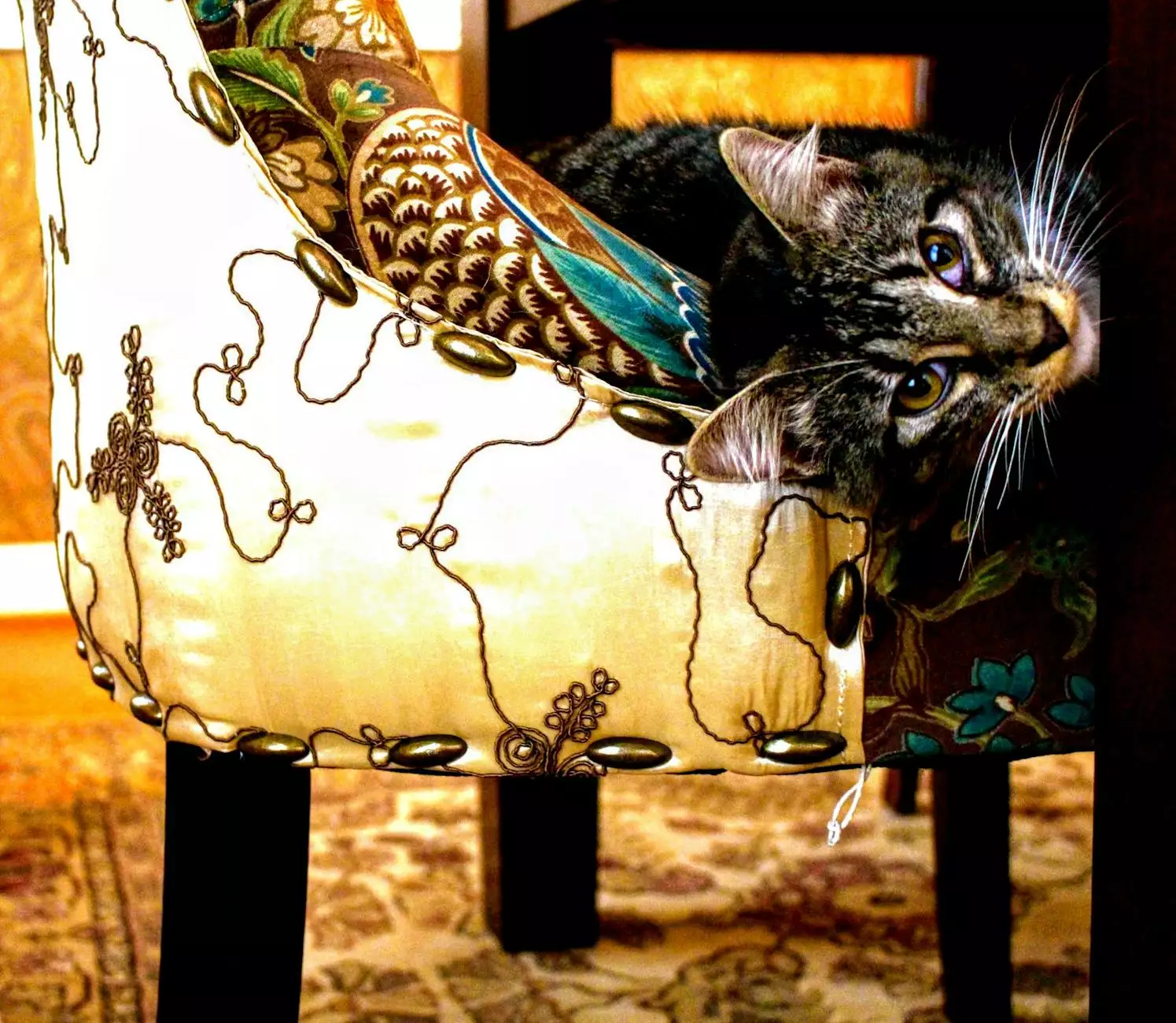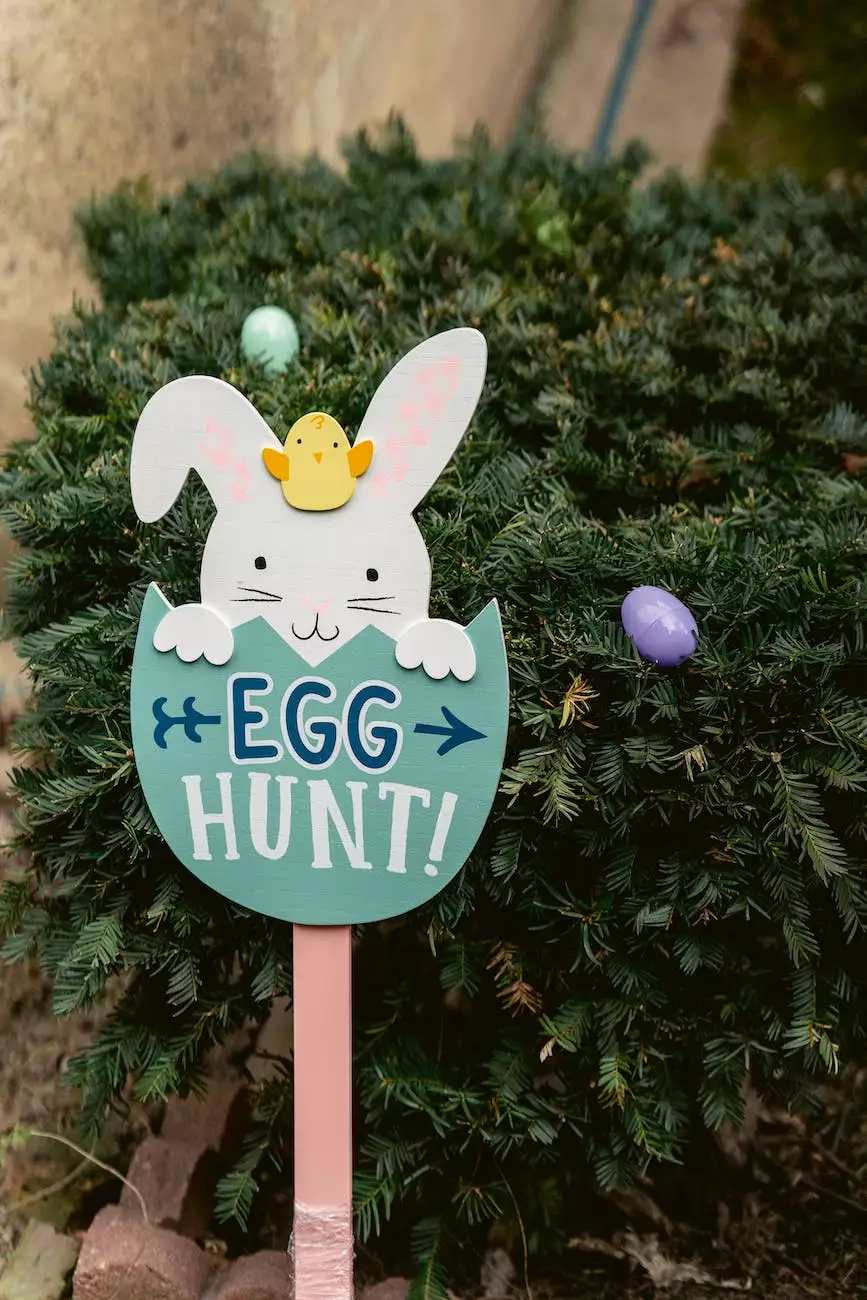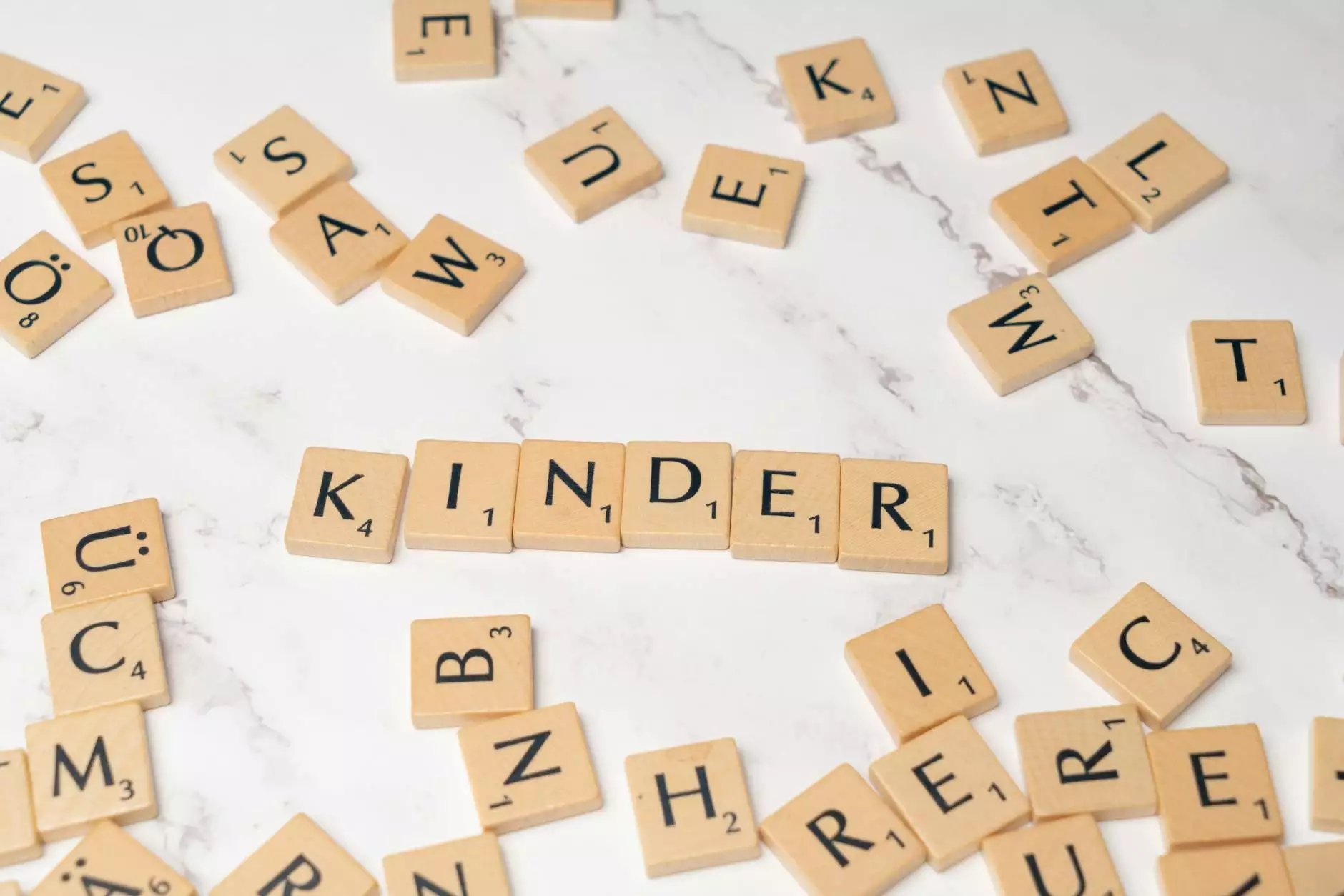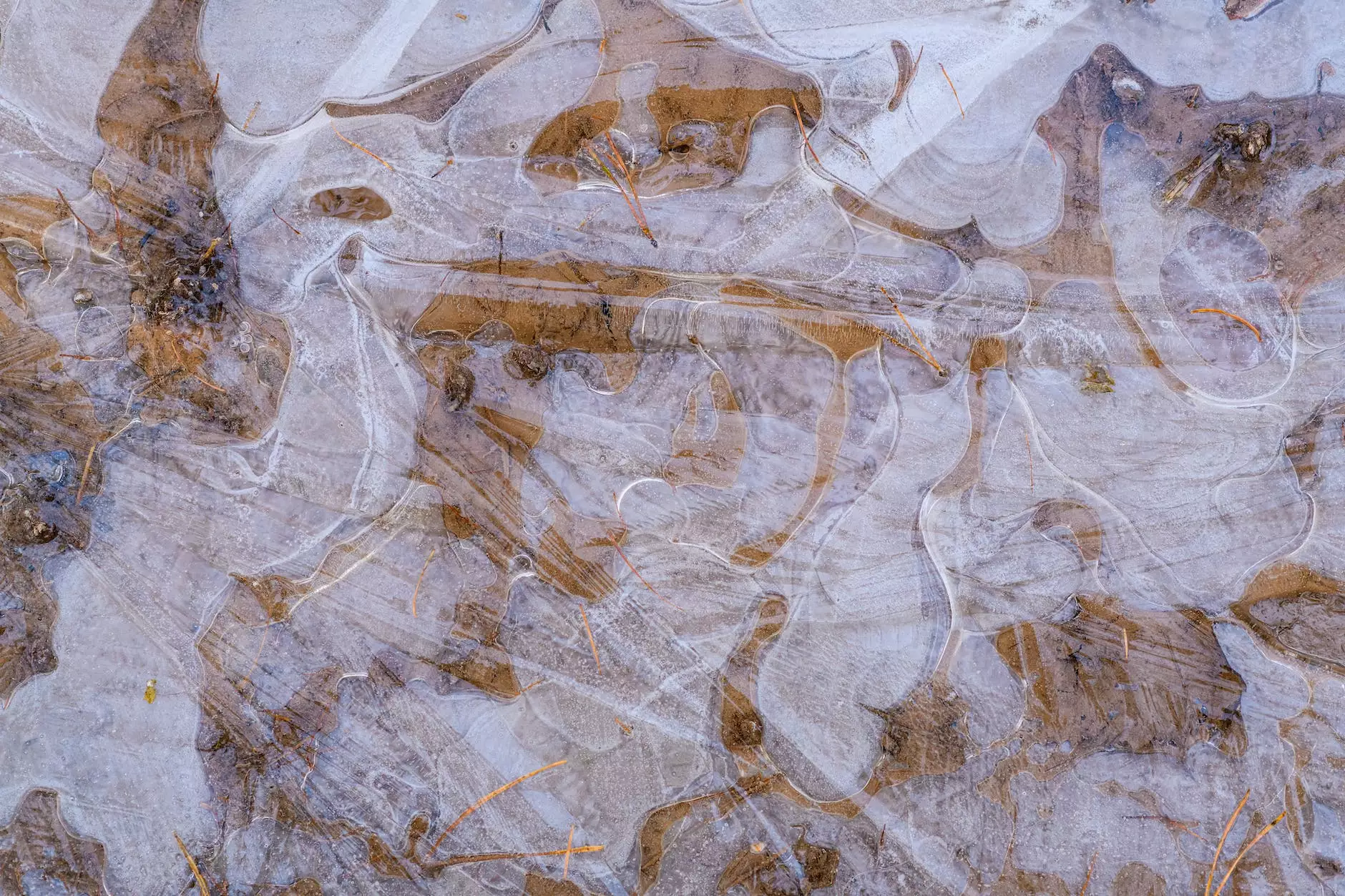DIY Leftover Halloween Candy Experiment!
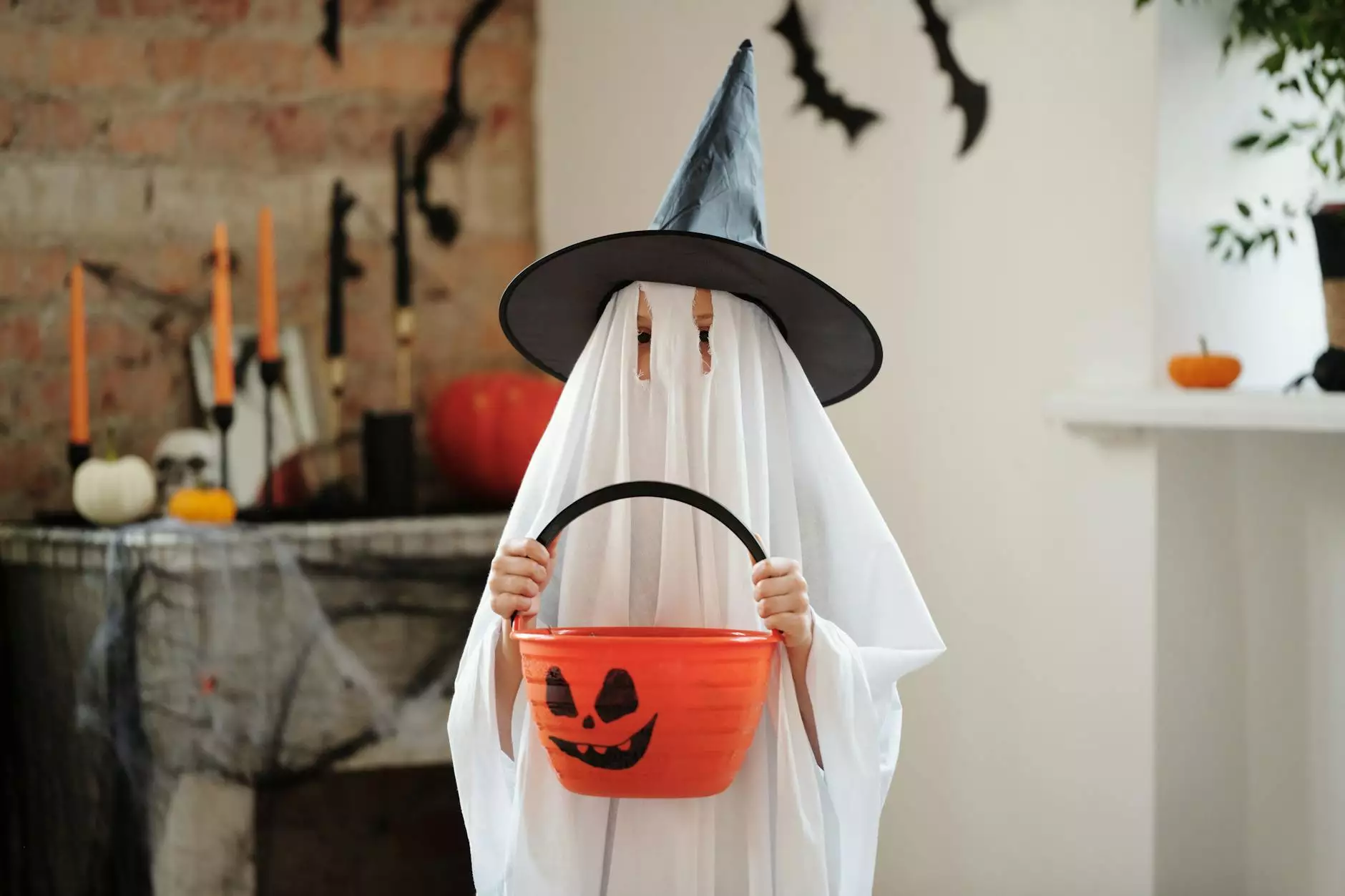
Introduction
Welcome to The Knowledge Nest, your go-to resource for interactive and educational DIY projects in the community and society domain. In this article, we will dive into the fascinating world of leftover Halloween candy and explore innovative experiments you can conduct using these sweet treats. Get ready for a burst of creativity and fun!
1. Candy Dissolution Experiment
Have you ever wondered what happens when you dissolve different types of candy in various liquids? This experiment allows you to observe firsthand the dissolving process and understand the underlying scientific principles.
Materials:
- A selection of leftover Halloween candy (hard candies, gummy candies, chocolate bars, etc.)
- Several transparent cups or beakers
- Water
- Vinegar
- Lemon juice
Procedure:
- Choose a candy and place it in a cup.
- Add a small amount of water to the cup.
- Observe and record any changes that occur as the candy dissolves.
- Repeat the process using different liquids such as vinegar and lemon juice.
This experiment allows you to compare and contrast how different candies dissolve in various liquids. You can make observations about factors like solubility, acidity, and even taste changes. Remember to document your findings and share them with the community!
2. Candy Chromatography
Unleash your inner scientist and explore the wonders of candy chromatography. This colorful experiment will reveal the hidden pigments within your leftover Halloween candy.
Materials:
- Colorful candy-coated chocolates (M&Ms or Skittles work great!)
- Coffee filters
- Small glass or cup
- Water
Procedure:
- Place a colorful candy in a small glass or cup.
- Partially fill the glass with water, ensuring the candy is submerged.
- Tear the coffee filter into thin strips.
- Attach one end of the coffee filter strip to a toothpick or pen.
- Secure the toothpick or pen across the top of the glass, allowing the coffee filter strip to hang down into the water.
- Observe as the water travels up the coffee filter, separating the different pigments within the candy.
- Take note of the vibrant colors revealed through the chromatography process.
Through candy chromatography, you'll learn about the components that create those beautiful hues in your favorite sweet treats. This experiment encourages an understanding of scientific processes, such as capillary action and pigment separation, in a visually captivating way.
3. Candy Tower Engineering
Are you up for a challenge? Let's think like engineers and build structures using leftover Halloween candy. This experiment combines creative design and problem-solving skills.
Materials:
- A variety of candy with different shapes and sizes (marshmallows, gumdrops, licorice, etc.)
- Toothpicks or skewers
Procedure:
- Decide on a goal for your candy tower (e.g., tallest, sturdiest, most unique design).
- Begin by selecting a base candy and securing it with toothpicks or skewers.
- Build upward, adding additional candies and connecting them with toothpicks or skewers.
- Experiment with different arrangements and combinations to achieve your desired outcome.
- Observe and analyze the stability of your candy tower. What factors contribute to its strength or weakness?
This experiment not only taps into your creativity but also reinforces concepts such as balance, stability, and weight distribution. Challenge yourself to engineer the most impressive candy tower and share your achievements with fellow enthusiasts.
Conclusion
Congratulations! You have dived into a world of exciting DIY experiments using leftover Halloween candy. The Knowledge Nest aims to provide a platform for community engagement and societal learning, where individuals of all ages can connect through hands-on activities.
Remember to embrace your curiosity, document your findings, and share them with the wider community. The more we explore and learn together, the richer our knowledge repository becomes. Stay tuned for more captivating DIY projects from The Knowledge Nest!
